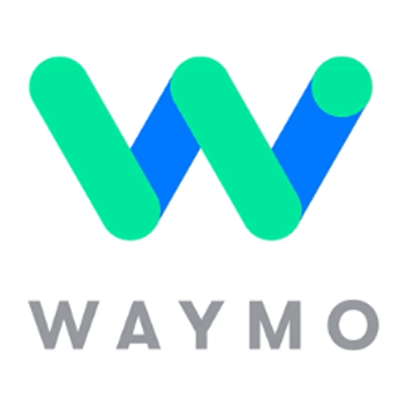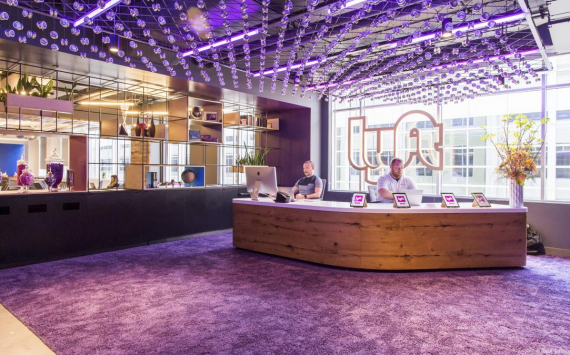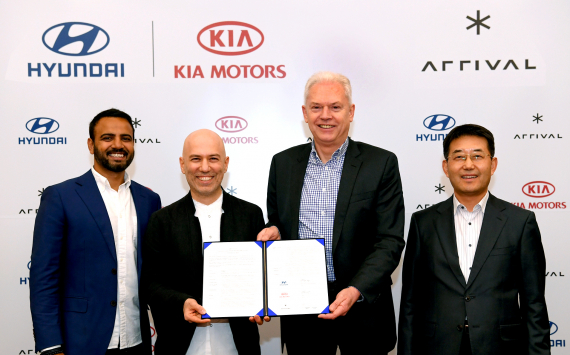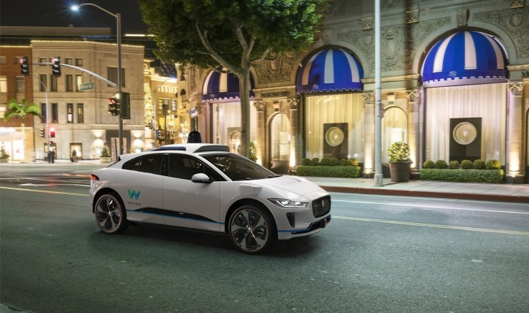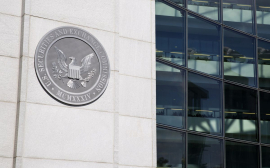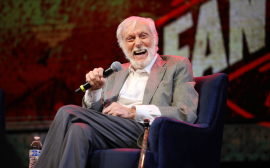Description
Waymo LLC is an American autonomous driving technology development company. It is a subsidiary of Alphabet Inc, the parent company of Google. Waymo operates a commercial self-driving taxi service that operates in the greater Phoenix, Arizona area called "Waymo One", with Chandler, Arizona fully mapped. In October 2020, the company expanded the service to the public, and it is the only self-driving commercial service that operates without safety backup drivers in the vehicle. Waymo also is developing its driving technology for use in other vehicles, including delivery vans and Class 8 tractor-trailers for delivery and logistics.
History
Google's development of self-driving technology began on January 17, 2009, at the company's secretive X lab run by co-founder Sergey Brin. The project was launched by Sebastian Thrun, the former director of the Stanford Artificial Intelligence Laboratory (SAIL) and Anthony Levandowski, founder of 510 Systems and Anthony's Robots.
Before working at Google, Thrun and 15 engineers, including Dmitri Dolgov, Anthony Levandowski, and Mike Montemerlo worked together on a digital mapping technology project for SAIL called VueTool.[16] Many of the team members had met at the 2005 DARPA Grand Challenge where both Thrun and Levandowski had teams competing in the robotic, self-driving car challenge. In 2007, Google acqui-hired the entire VueTool team to help advance Google's Street View technology.
As part of Street View's development, 100 Toyota Priuses were purchased and outfitted with the Topcon box, digital mapping hardware developed by Levandowski's company 510 Systems.
In 2008, the Street View team launched project Ground Truth, to create accurate road maps by extracting data from satellites and street views. This laid the groundwork for the Google's self-driving car program.
In February 2008, a Discovery Channel producer for the documentary series Prototype This! called Levandowski. The producer requested to borrow Levandowski's Ghost Rider, the autonomous two-wheeled motocycle Levandowski's Berkeley team had built for the 2004 DARPA Grand Challenge. However, in 2007, Levandowski had donated the self-driving bike to the Smithsonian. Since the motorcycle was not available, Levandowski offered to retrofit a Toyota Prius as a self-driving pizza delivery car for the show.
In December 2016, the unit was renamed Waymo and spun-off into a new division in Alphabet. The name Waymo was derived from its mission, "a new way forward in mobility." Waymo moved to further test its cars on public roads after its spin-out.
In 2017, Waymo sued Uber for allegedly stealing trade secrets. A court document revealed Google had spent $1.1 billion on the project between 2009 and 2015. For comparison, the acquisition of Cruise Automation by General Motors in March 2016 was reported at just over $500 million, and Uber's acquisition of Otto in August 2016 was for $680 million.
Technology
In 2017, Waymo unveiled new sensors and chips that are less expensive to manufacture, cameras that improve visibility, and wipers to clear the lidar system. Waymo manufactures a suite of self-driving hardware developed in-house. These sensors and hardware-enhanced vision system, improved radar, and laser-based lidar—reduce Waymo's dependence on suppliers. The in-house production system allows Waymo to integrate its technology to the hardware efficiently. At the beginning of the self-driving car program, the company spent $75,000 for each lidar system from Velodyne. In 2017, the cost decreased approximately 90 percent, with Waymo designing its own version of lidar.
Waymo officials said the cars the company uses are built for full autonomy with sensors that give 360-degree views and lasers that detect objects up to 300 meters away. Short-range lasers detect and focus on objects near the vehicle, while radar is used to see around vehicles and track objects in motion. The interior of these cars includes buttons for riders to control certain functions: "help," "lock," "pull over," and "start ride.


